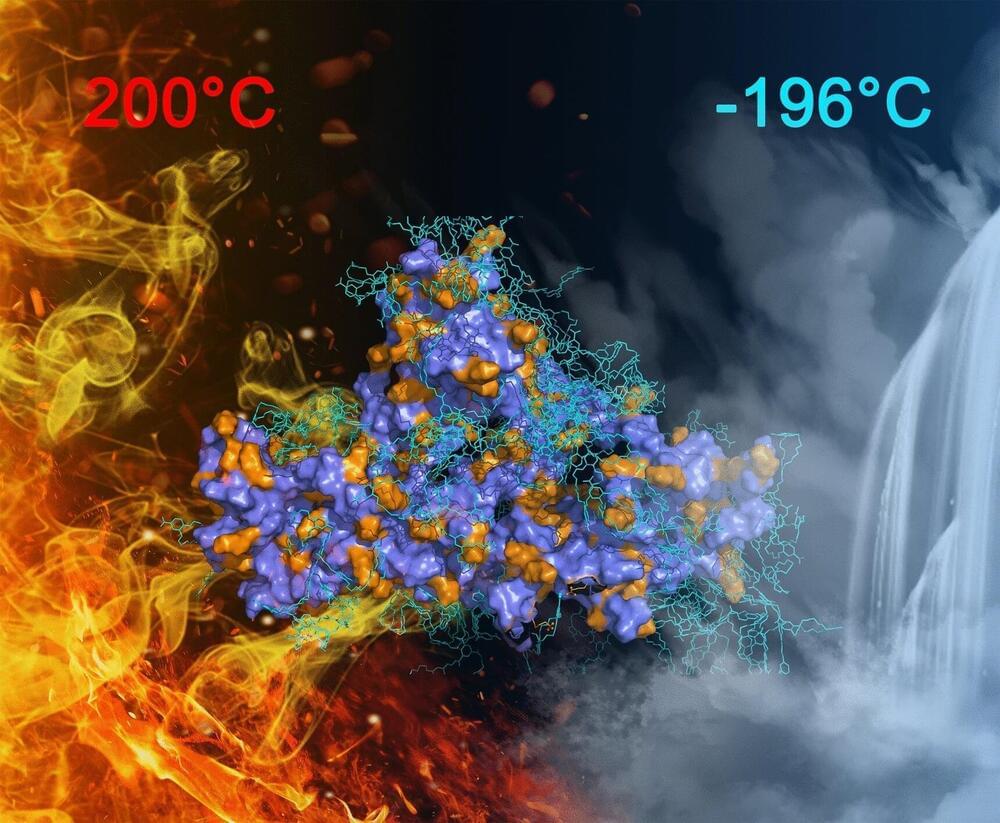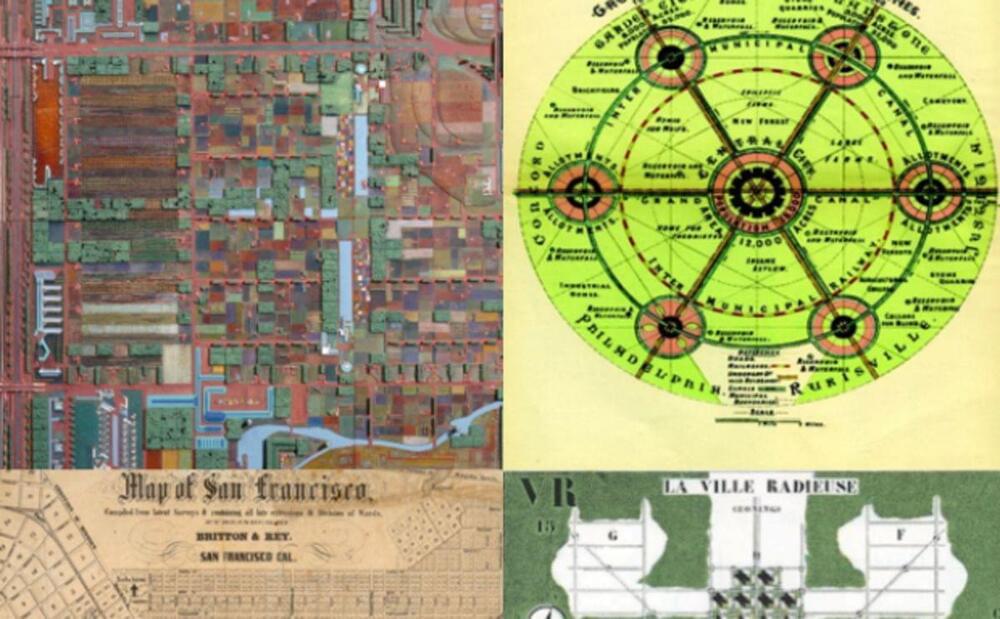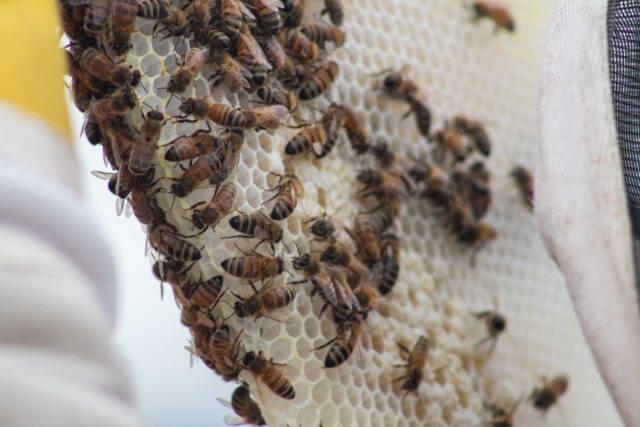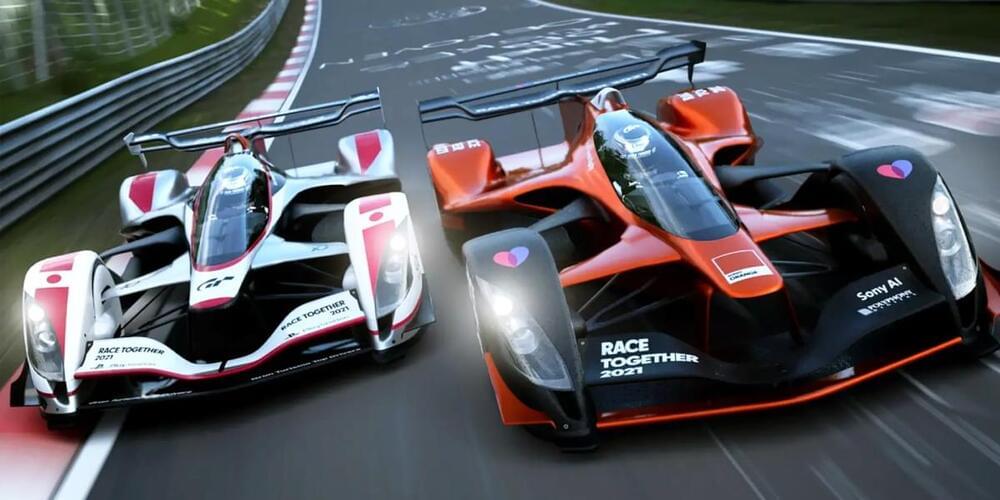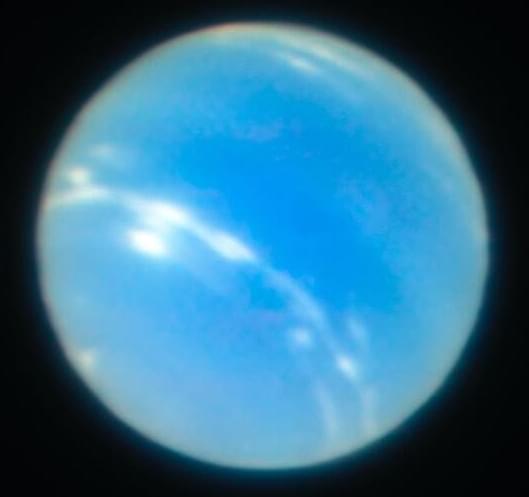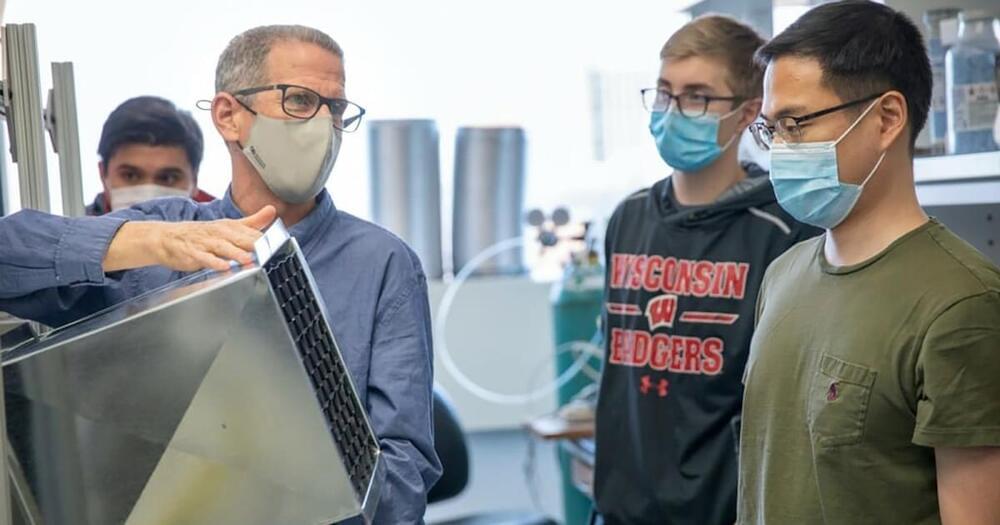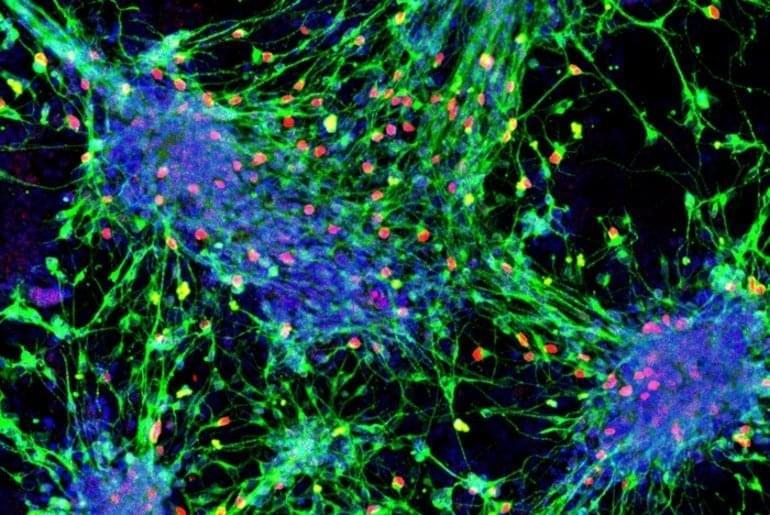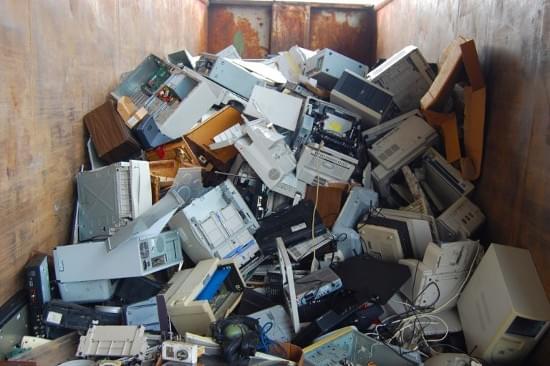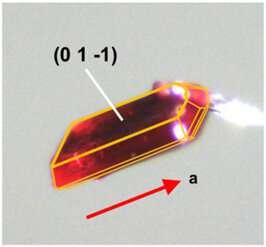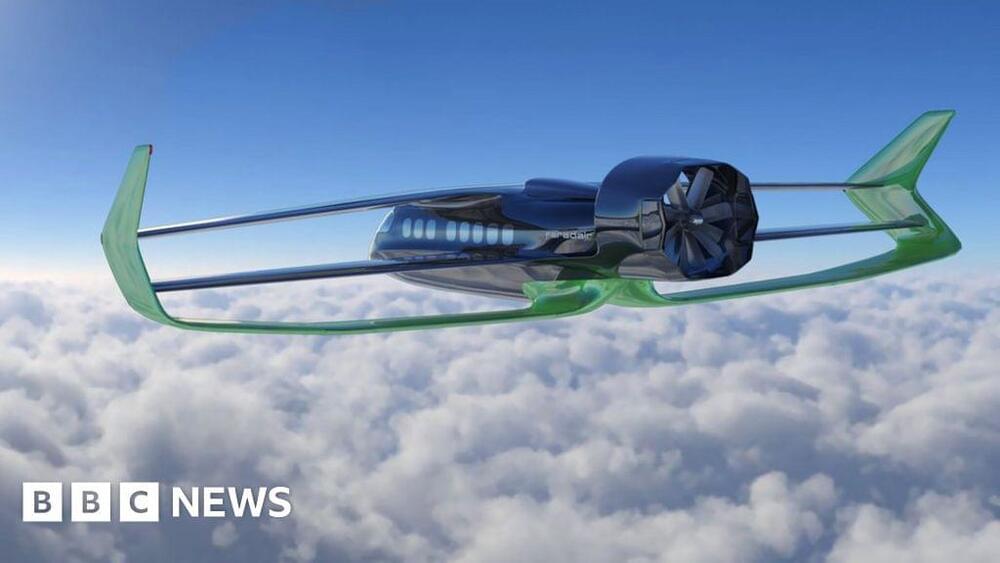Jul 19, 2022
Powerful new adhesive stays strong from freezing to boiling temperatures
Posted by Shubham Ghosh Roy in category: futurism
Researchers from China have developed a powerful new adhesive that grips strongly in extreme temperatures, from the deep freeze of liquid nitrogen to the sweltering heat of an oven. Better yet, it can be broken back down into its component parts and reused without losing strength.
The new adhesive belongs to a class known as supramolecular adhesives, which are made up of molecular components specially designed to self-assemble into strong bonds during curing. One is a ring-shaped molecule called a crown ether, which can wrap around the second component, a small protein produced by bacteria.
When these are combined and the mixture is heated, the crown sticks to the surface of the protein tightly, strengthening the bond through several molecular interactions, including their opposite charges. The team described it as “welding” the molecules together, giving them an incredibly strong interlocking structure.
